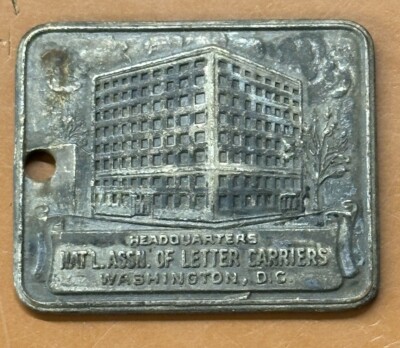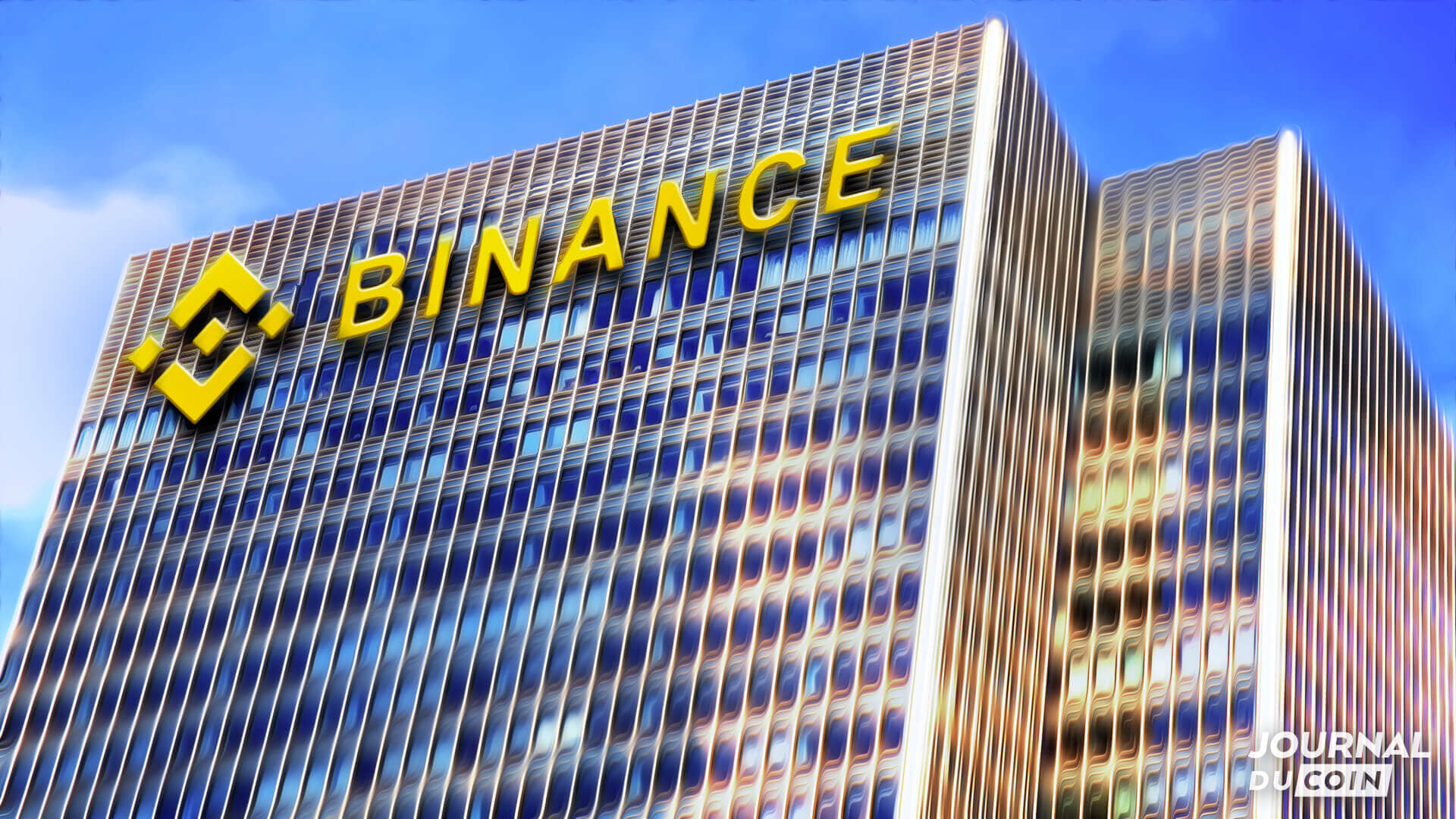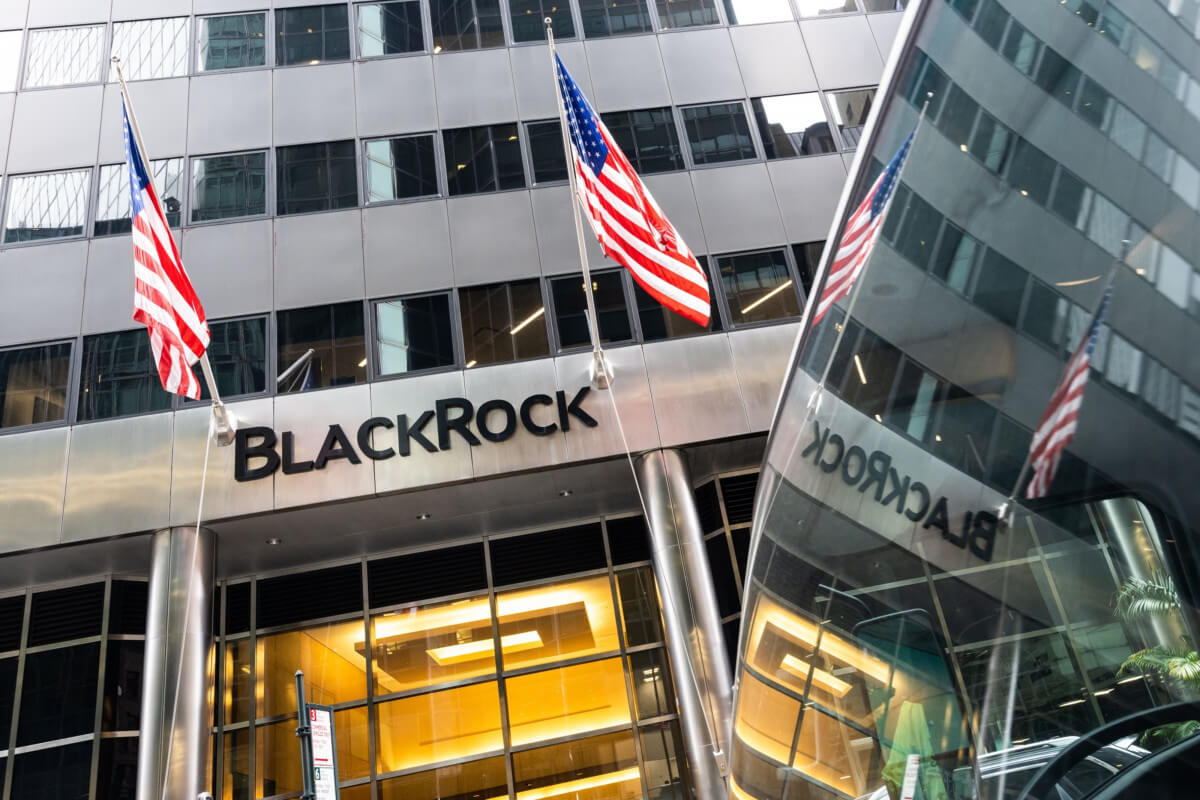Products
By Team
Sales
Multithread effectively and personalize outreach to convert deals faster
Social Media Marketing
Elevate social presence and drive business growth from social media
RevOps
Identify and prioritize high-intent leads, and improve sales effectiveness
Events & Field Marketing
Find and connect with ICP attendees, and improve event outcomes
Resources

Token
What Does Token Do?
Token Ring (IEEE 802.5) was a local area network (LAN) technology prominently developed and marketed by IBM in the 1980s, later standardized by the IEEE. It employed a token-passing access method where a small data frame, the 'token', circulates around a logical ring of workstations or servers. This design provided deterministic access, preventing collisions common in early Ethernet networks and ensuring predictable performance, especially under heavy loads. While eventually superseded by faster and more cost-effective switched Ethernet technologies, Token Ring was a significant networking solution for enterprises for over a decade, particularly in environments requiring high reliability.
Where Is Token's Headquarters?




HQ Function
Primary IBM research and development hub where foundational work on token-passing ring networks and key aspects of the Token Ring architecture were conducted.
Notable Features:
World-renowned IBM research facility with a legacy of significant technological innovations, including Nobel Prize-winning discoveries. The Zurich lab is known for its cutting-edge research environment.
Work Culture:
A highly innovative, research-intensive, and collaborative environment that fostered technological breakthroughs. It combined academic rigor with a focus on developing viable commercial technologies.
HQ Significance:
Symbolized IBM's strategic commitment to leading-edge research and development in networking technologies, forming a cornerstone of its enterprise computing strategy during the 1980s and 1990s.
Values Reflected in HQ: Commitment to deep scientific research, robust engineering, technological leadership, and creating comprehensive enterprise solutions.
Location:
As a flagship networking technology from IBM, Token Ring achieved significant global presence. It was marketed, sold, and supported through IBM's extensive worldwide operations, with major adoption in large enterprises across North America, Europe, Asia, and other regions. IBM's global network of R&D labs, manufacturing plants, and customer support centers facilitated this widespread deployment, particularly in industries like finance, manufacturing, and government that valued its reliability.
Street Address:
Säumerstrasse 4 (IBM Zurich Research Laboratory)
City:
Rüschlikon
State/Province:
Zurich
Country:
Switzerland
Where Else Does Token Operate Around the World?
Research Triangle Park, North Carolina, USA
Address: 3039 E Cornwallis Rd, Durham, NC 27709, USA (General address for IBM RTP campus)
Served as a primary hub for IBM's networking division, coordinating development, production, and deployment strategies for North America and supporting global operations.
La Gaude, France
Address: IBM La Gaude, 06610 La Gaude, France (Historical IBM Research and Development Center)
Key IBM R&D and product development site for networking and telecommunications in Europe.
Buying Intent Signals for Token
Highperformr Signals uncover buying intent and give you clear insights to target the right accounts at the right time — helping your sales, marketing, and GTM teams close more deals, faster.
Who's Leading Token? Meet the Executive Team
As of April 2025, Token' leadership includes:
Who's Investing in Token?
Token has been backed by several prominent investors over the years, including:
What Leadership Changes Has Token Seen Recently?
As Token Ring is a historical technology standard and not an active, standalone company, this section regarding recent executive changes is not applicable. The key individuals involved in its development and promotion have long since transitioned to other roles, retired, or passed away. No executive movements are tracked for 'Token Ring' as an entity.
Departures
New Appointments:
What Technology (Tech Stack) Is Used byToken?
Discover the tools Token uses. Highperformr reveals the technologies powering your target accounts — helping your sales, marketing, and GTM teams prioritize smarter and close faster.

Token Email Formats and Examples
Not applicable. Token Ring is a networking technology and standard, not an organization with its own employees or email system. Personnel involved in its development at companies like IBM would have used their respective corporate email formats.
N/A
Format
N/A
Example
0%
Success rate
What's the Latest News About Token?
IBM Press Release / IT Industry Archives • October 15, 1985
Token Ring LAN Announced by IBM, Promises Robust Enterprise Networking
IBM officially launched its Token-Ring Network, a 4 Mbps local area network technology. Based on the token-passing principle and standardized as IEEE 802.5, it was positioned as a reliable and high-performance solution for enterprise customers, directly competing with Ethernet....more
Network World / Computerworld (Representative) • Circa 1990
Token Ring Gains Market Share in Corporate Environments
Token Ring technology saw widespread adoption throughout the late 1980s and early 1990s, particularly in large corporations and financial institutions that valued its deterministic performance and robust error handling, often integrating with IBM's SNA architecture....more
IT Industry Publications (e.g., InfoWorld) • September 1997
IBM Introduces 100 Mbps High-Speed Token Ring (HSTR)
In an effort to compete with Fast Ethernet, IBM and other vendors introduced High-Speed Token Ring, increasing the speed to 100 Mbps. However, it faced challenges gaining broad market acceptance against the momentum of Ethernet....more
Gartner / Industry Analysis Reports (Representative) • Early 2000s
Token Ring Market Declines as Switched Ethernet Dominates
The rise of more cost-effective and increasingly faster switched Ethernet solutions (100 Mbps, Gigabit Ethernet) led to a steady decline in new Token Ring deployments. While maintaining a presence in legacy systems, its overall market share diminished significantly....more
Highperformr's free tools for company research
Explore Employees by Region or Country
See where a company’s workforce is located, by country or region.
View Funding Details
View past and recent funding rounds with amounts and investors.
Understand Revenue Insights
Understand company revenue estimates and financial scale.
Track Active Job Openings
Track active roles and hiring trends to spot growth signals.
Review Product and Offerings
Discover what a company offers—products, platforms, and solutions.
Get SIC or NAICS Codes
Get the company’s official SIC and NAICS classifications.
Analyze Website Traffic Trends
Analyze visitor volume, engagement, and top traffic sources.
Discover Social Profiles and Engagement
Explore LinkedIn, Twitter, and other active social profiles.
Identify Top Competitors
Identify top competitors based on similar business traits.
Research and Discover Companies with Highperformr — Smarter, Faster
Explore companies in depth — from the tech they use to recent funding, hiring trends, and buyer signals — all in one powerful view.
Highperformr AI helps you surface the right accounts and enrich your CRM with verified company and contact insights, so your teams can prioritize and engage faster.
- Track intent signals to find buyers who are actively in-market
- Enrich contacts and companies instantly, no need to switch tools
- Automate workflows to stay ahead of every change
- Connect your CRM & tools for seamless data sync and activation
Thousands of companies, including Token, are just a search away.



.png)
.png)



